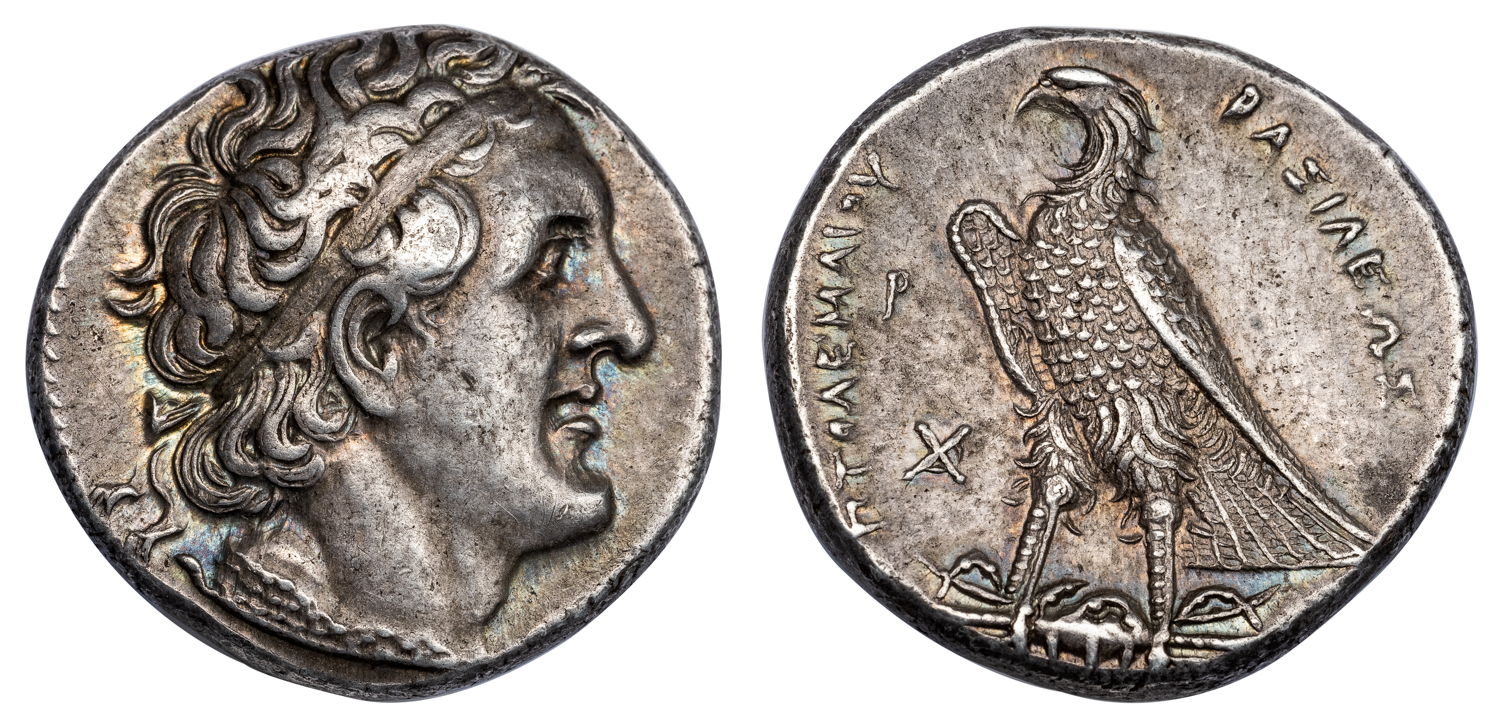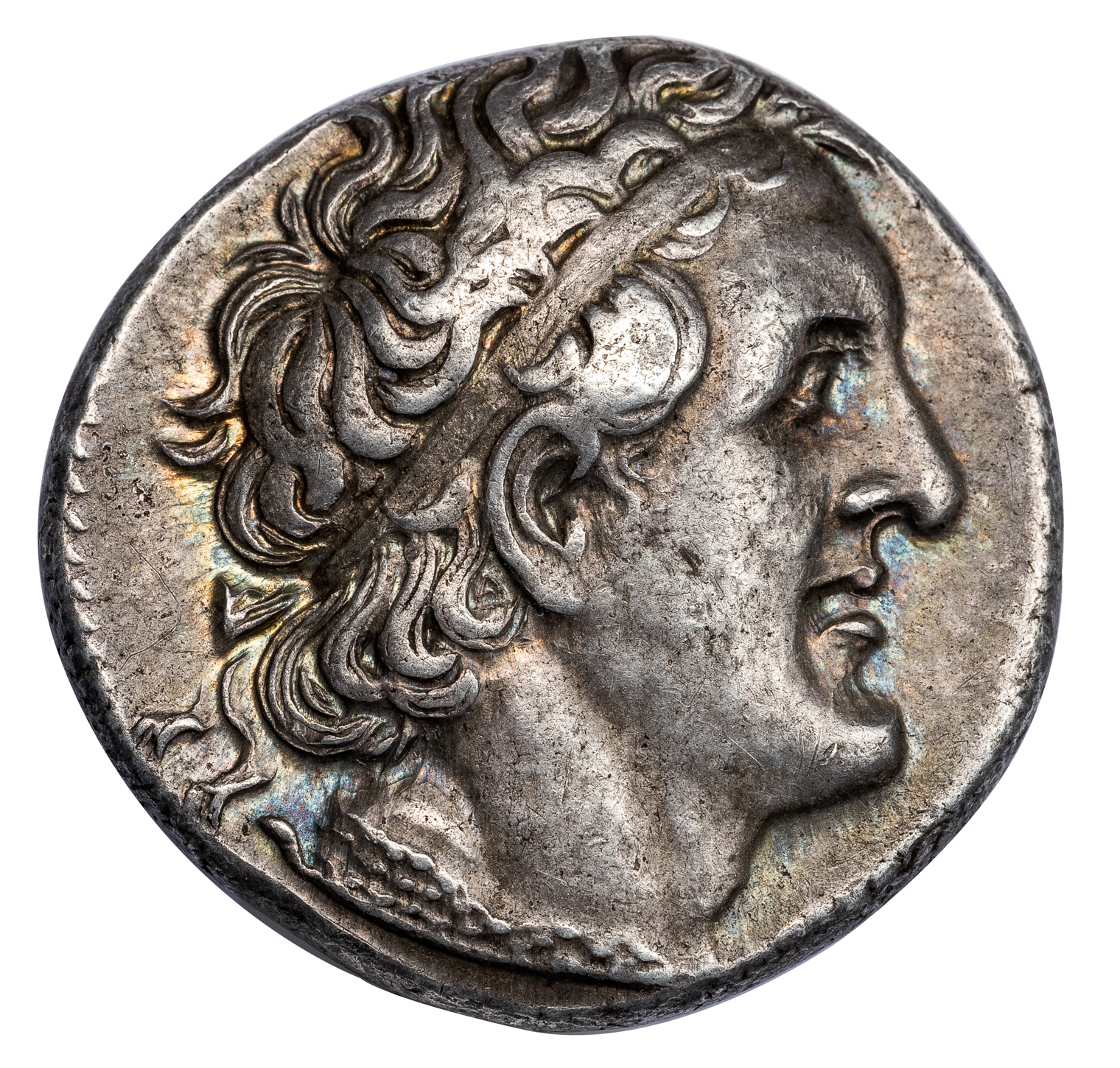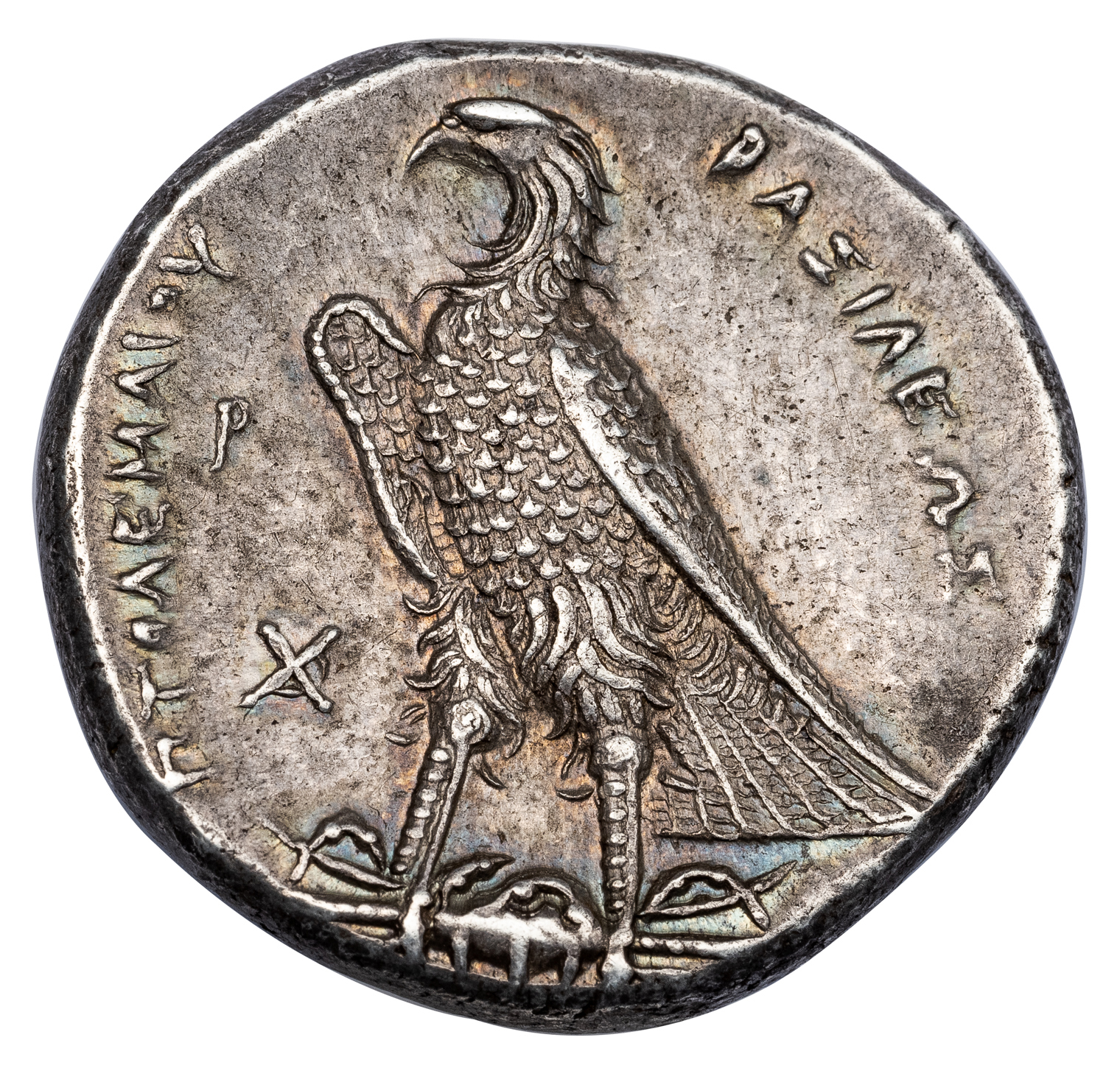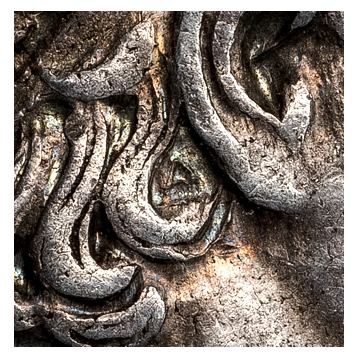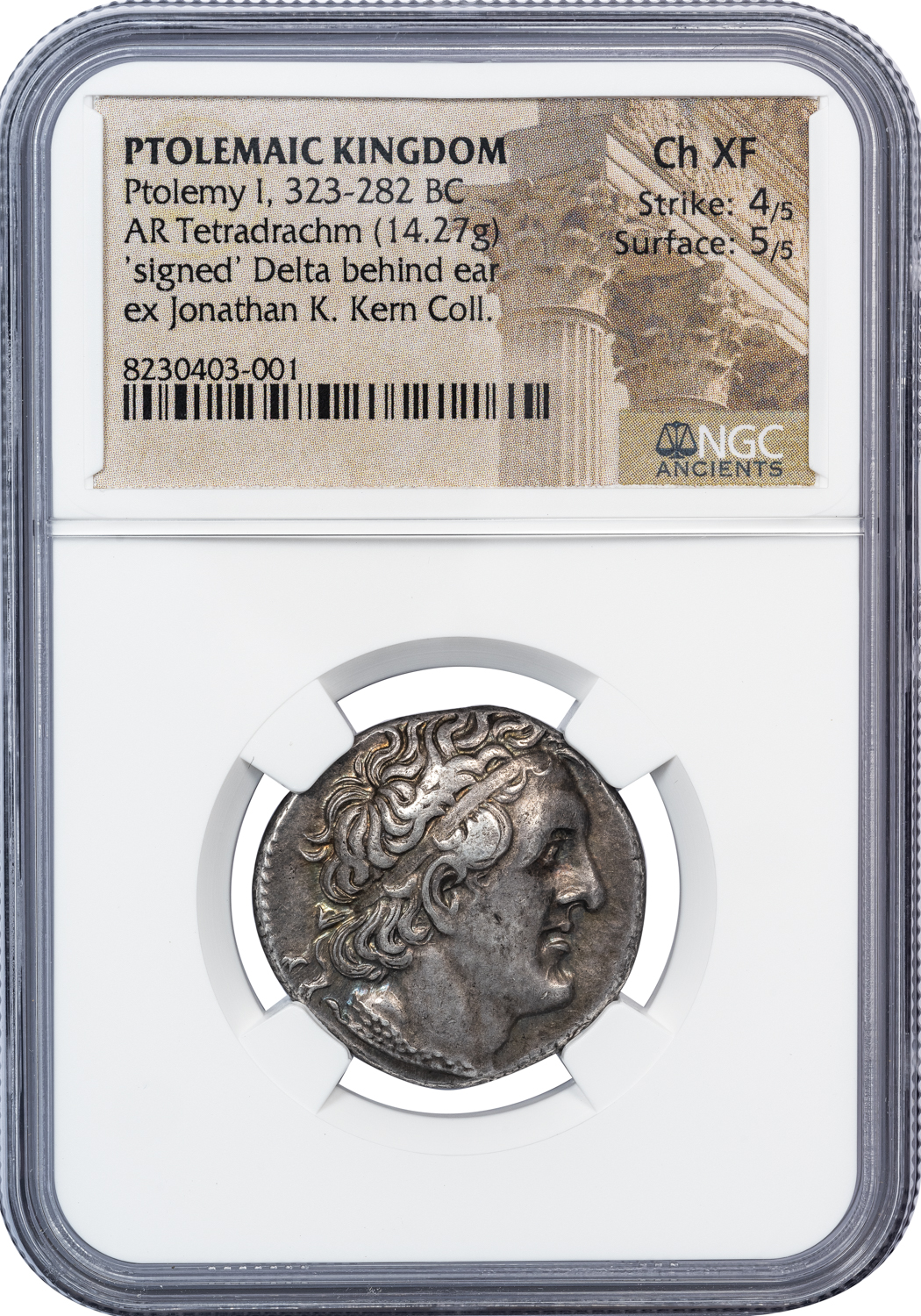PTOLEMY I SILVER TETRADRACHM – ISSUE OF ALEXANDRIA SIGNED BY DELTA MASTER EX JONATHAN K KERN COLLECTION – CHOICE XF NGC GRADED GREEK PTOLEMAIC KINGDOM COIN (Inv. 19859)
$2,850.00
19859. EGYPT. PTOLEMAIC KINGDOM. PTOLEMY I, 323–282 BC.
Silver Tetradrachm, 14.27 g, 25 mm. Issue of Alexandria, ca. 294 BC or shortly thereafter.
Obv. Diademed bust of Ptolemy I right wearing aegis, small Δ behind ear. Rev. BAΣIΛEΩΣ ΠTOΛEMAIOY, eagle standing on thunderbolt to left, P above XAP monogram in left field.
CPE 142a; Svoronos 265; SNG Copenhagen 73.
Ex Jonathan K. Kern Collection = CNG Mail Bid Sale 75, 5/23/2007, lot 556.
NGC graded CHOICE XF, Strike 4/5, Surface 5/5, Kern provenance noted on label, some colored toning highlights throughout. A piece featuring a remarkable portrait of the king and one that lacks the banker’s marks that so often appear on this coinage.
This tetradrachm belongs to the new coinage produced by Ptolemy I to celebrate his assumption of the royal title in 305/4 BC. On the obverse he appears wearing the royal diadem, an unambiguous marker of Hellenistic kingship, while the eagle of Zeus is depicted on the reverse. The skillfully executed obverse portrait is notable for the tiny Greek letter delta (Δ) behind the ear, which has been interpreted by both Zervos and Hazzard as the signature of an exceptional die engraver. More recently, however, Cathy Lorber has argued that the long duration over which the cryptic delta appears on Ptolemaic coin dies suggests that it is unlikely to be the signature of an artist. Instead, she suggests that the letter may potentially represent a workshop, a private die contractor, or even the mark of administrative approval.

